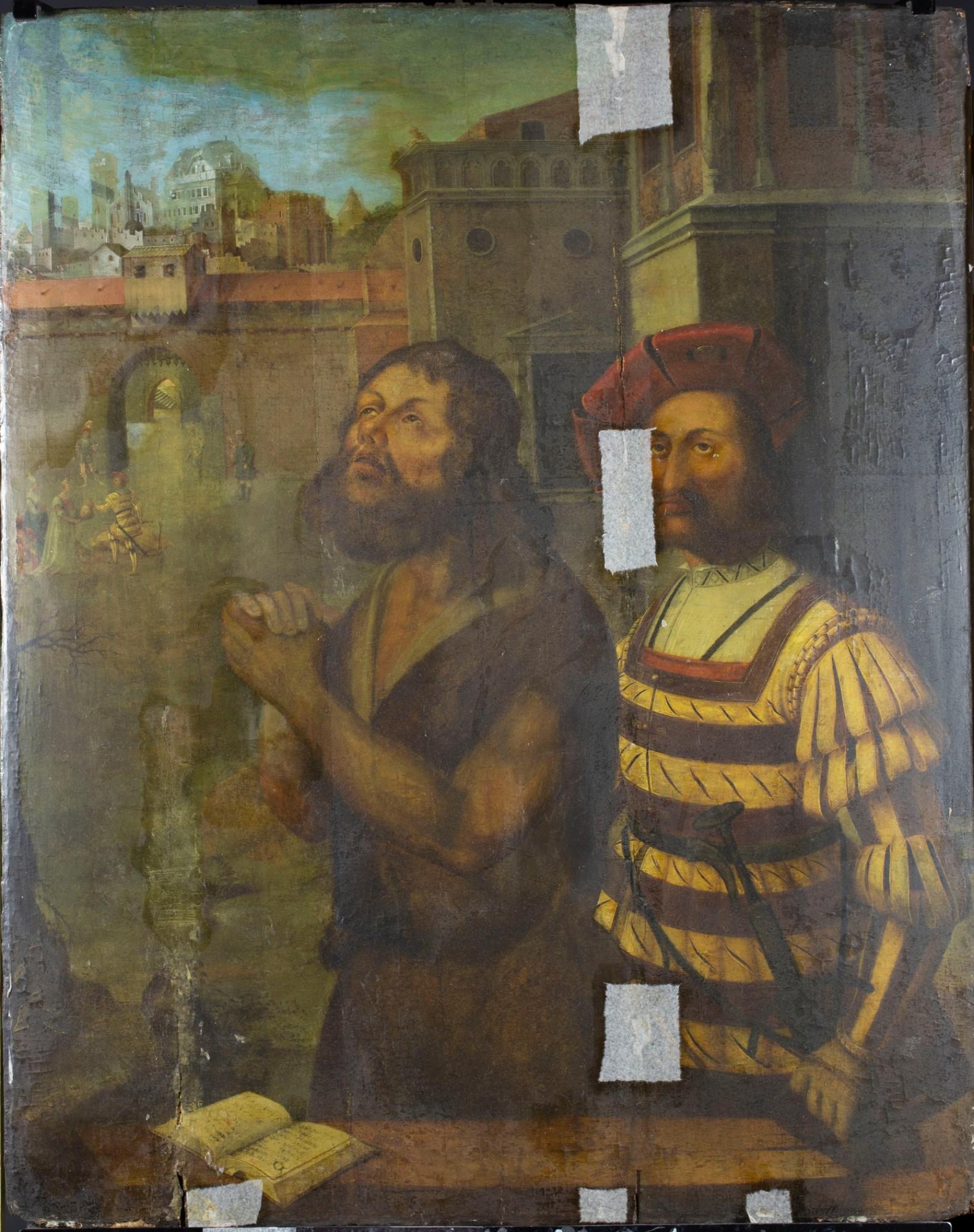Now researches have discovered a whole new side to the work, offering more intriguing clues to be unraveled about the painting’s origins and history.
While using x-ray technology to determine the cause of the panel’s decay, another image emerged. Renowned conservator Nicky Grimaldi immediately recognized a manger scene in the x-ray images. A radiant infant sits at center, with Magi, Mary and perhaps a structure filling out the scene. She explains: “It was common practice to apply gold leaf to these type of religious paintings and in the x-ray we can see that gold is present in the halo around the baby’s head. Incredibly we can see lines over the x-ray image which we believe to be preparatory drawings, showing where the painting was probably copied from an original drawing (cartoon).”




























